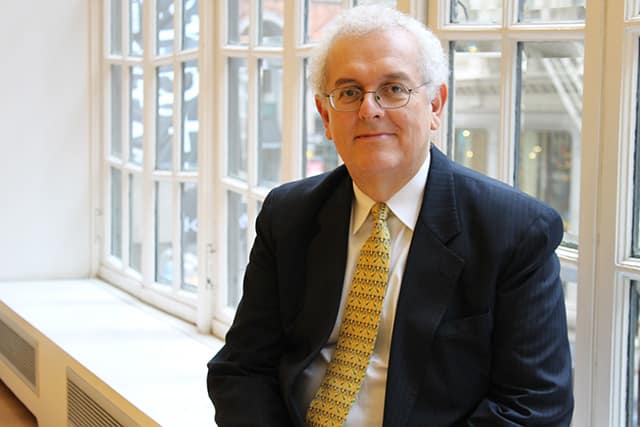For emerging economies, the past few years have been difficult. Economic growth has suffered due to falling prices for the commodities that constitute the bulk of their exports. That, in turn, makes it more difficult to obtain funding to support economic development. Returning emerging markets to a sustained expansion is one of the main challenges for policymakers; it would benefit developed and developing economies alike.

“From the perspective of the emerging world, there is still a major problem with the low-growth and natural-resource-dependent economies,” says José Antonio Ocampo, a professor at Columbia University’s School of International and Public Affairs, who earlier this year was appointed to the board of directors of the central bank of Colombia, the Banco de la Republica.
“Looking from South America, that is our main issue,” says Ocampo, commenting ahead of October’s IMF-World Bank meetings in Washington. “This is also true for several African economies, it is true for the Middle East, and so it is a major challenge.”
That challenge is likely to be complicated by tapering, or the unwinding of financial positions on the international markets, according to Jan Dehn, head of research at Ashmore Investment Management. “QE was an enormous technical intervention in the financial markets that let investors jump into the wagon and put an enormous amount of liquidity into the QE markets,” he tells Global Finance. “This pushed the dollar to unnaturally high levels—damaging levels—pushing stock markets far higher than they were before the financial crisis, even though productivity is much lower. It also pushed bond deals down to completely ridiculous levels.”

This could change in the coming years, with financial markets offering a mirror image of the years 2010-2015: a declining US dollar and a stronger euro, with funds flowing toward emerging markets like Brazil. “In the financial markets, the biggest winners are going to be emerging markets, and the biggest loser is going to be the US,” Dehn comments.
“By 2016, a very strong investment case had been made for emerging-market assets, and a number of early movers, like pension funds in Latin America, are beginning to recognize that there is value in the asset class, particularly in fixed income,” Dehn says. He notes that Brazilian government bonds denominated in réais in 2016 made more than 60% return in dollars. Such returns will bring emerging markets back into favor over the next five years, he believes.
“In the same way that tsunami waters recede because of gravity, now liquidity is going to flow from developed markets back into the emerging markets by sheer brutal force of outperformance in emerging markets,” he says. “That has already begun.”



